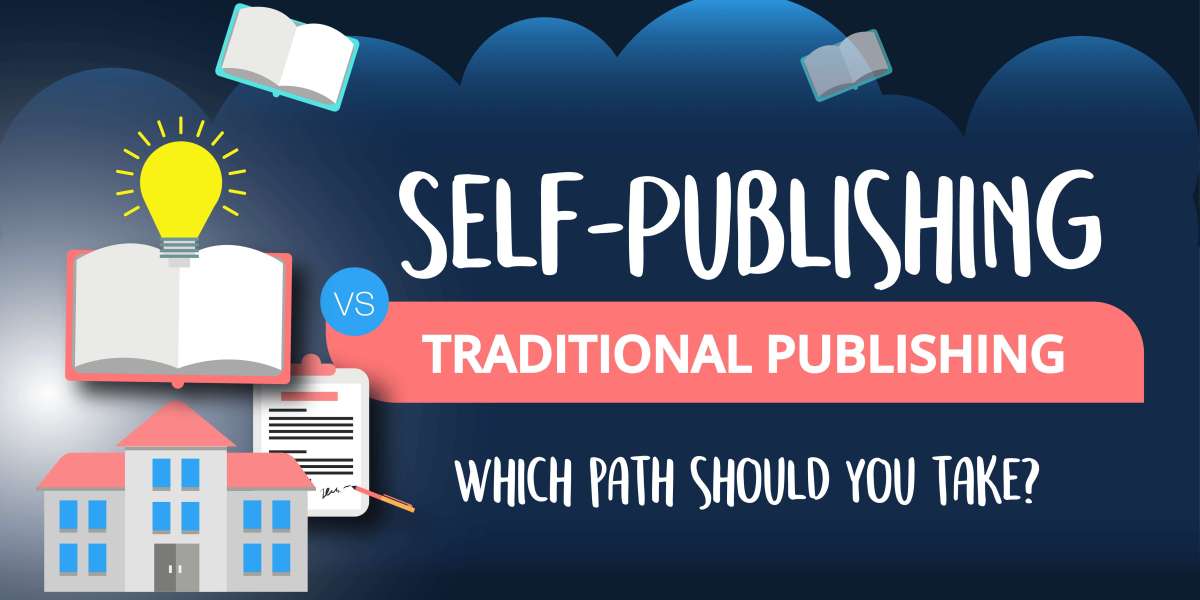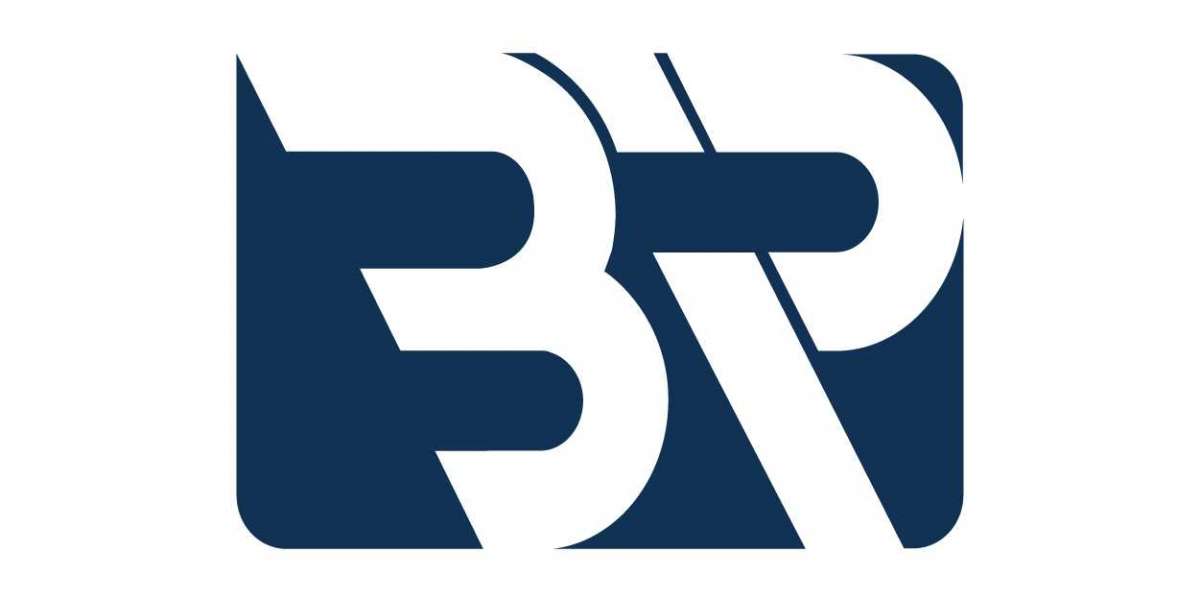In the ever-evolving world of publishing, authors are faced with a critical decision: whether to pursue traditional publishing or self-publishing. Each path offers its own set of advantages and challenges, and understanding the pros and cons of each can help authors make an informed choice that aligns with their goals and aspirations. In this comprehensive guide, we delve into the pros and cons of self-publishing and traditional publishing, empowering authors to navigate the complexities of the publishing landscape with confidence.
Self-Publishing: Pros and Cons
Pros:
Creative Control: One of the biggest advantages of self-publishing is the creative control it offers authors. From cover design to marketing strategies, authors have the final say in every aspect of the publishing process, allowing them to maintain their artistic vision.
Speed to Market: Self-publishing allows authors to bring their books to market quickly, bypassing the lengthy process of traditional publishing. With digital platforms and print-on-demand services, authors can publish their books in a matter of weeks rather than months or years.
Higher Royalties: Self-published authors typically earn higher royalties compared to traditionally published authors. With self-publishing, authors retain a larger percentage of their book's profits, providing them with greater financial incentive and autonomy.
Flexibility: Self-publishing offers authors the flexibility to experiment with different genres, formats, and marketing strategies. Whether it's releasing multiple books in a series or exploring niche topics, self-published authors have the freedom to pursue their creative interests without constraints.
Cons:
Limited Distribution: One of the main challenges of self-publishing is limited distribution. While digital platforms offer global reach, self-published books may struggle to gain visibility in brick-and-mortar bookstores and libraries, limiting their exposure to potential readers.
Quality Control: Without the oversight of a traditional publishing house, self-published authors bear sole responsibility for ensuring the quality of their work. From editing to cover design, authors must invest in professional services to produce a polished and marketable product.
Marketing Challenges: Self-publishing requires authors to take on the role of marketer and promoter, which can be daunting for those without experience in book marketing. Building an author platform, generating buzz, and reaching target audiences require time, effort, and strategic planning.
Stigma: Despite the growing acceptance of self-publishing, there is still a lingering stigma associated with self-published books. Some readers and industry professionals may perceive self-published books as inferior in quality or lacking in legitimacy, making it challenging for self-published authors to gain credibility.
Traditional Publishing: Pros and Cons
Pros:
Prestige and Validation: Traditional publishing offers a level of prestige and validation that can elevate an author's career. Being associated with a reputable publishing house lends credibility to the author and their work, opening doors to awards, accolades, and recognition within the industry.
Wider Distribution: Traditional publishers have established distribution networks that enable books to reach a wider audience through bookstore placements, library acquisitions, and international translations. This broader distribution increases the visibility and accessibility of traditionally published books.
Professional Support: Traditional publishers provide authors with access to a team of professionals, including editors, designers, marketers, and publicists, who collaborate to ensure the success of the book. This comprehensive support system can enhance the quality of the book and maximize its potential in the marketplace.
Advance Payments: Traditionally published authors often receive an advance payment against future royalties, providing them with financial security and upfront compensation for their work. This advance can help cover expenses such as research, writing, and marketing efforts.
Cons:
Loss of Control: Traditional publishing requires authors to relinquish some degree of creative control to the publisher, who may make editorial decisions, cover design choices, and marketing strategies without consulting the author. This loss of control can be frustrating for authors who are accustomed to autonomy.
Longer Time to Market: Traditional publishing is characterized by a longer time to market, with authors facing delays due to editorial revisions, production schedules, and marketing plans. This extended timeline can be frustrating for authors eager to see their work in print.
Lower Royalties: Traditionally published authors typically earn lower royalties compared to self-published authors, as a significant portion of book sales revenue goes to the publisher to cover production costs, distribution expenses, and marketing efforts.
Difficulty in Getting Published: The traditional publishing industry is highly competitive, with publishers receiving thousands of manuscript submissions each year. Securing a publishing deal can be challenging, requiring authors to navigate the query process, secure literary representation, and impress publishers with their writing and marketability.
Conclusion: Making the Right Choice
In conclusion, both self-publishing and traditional publishing offer unique opportunities and challenges for authors. Whether you choose to self-publishing services or pursue traditional publishing depends on your goals, preferences, and resources as an author. Self-publishing offers creative freedom, higher royalties, and faster time to market, while traditional publishing provides prestige, wider distribution, and professional support. Consider your priorities, weigh the pros and cons, and make the choice that aligns with your vision for your book publishing journey.








